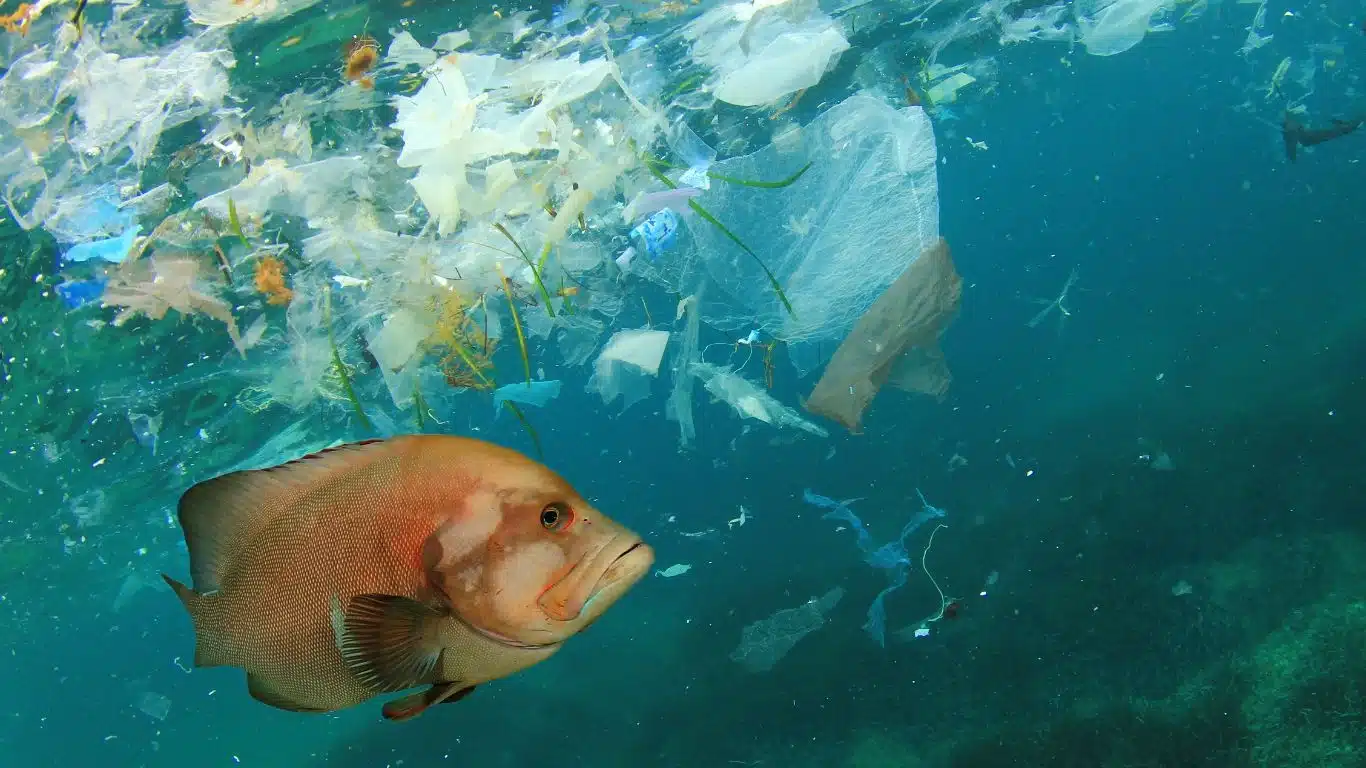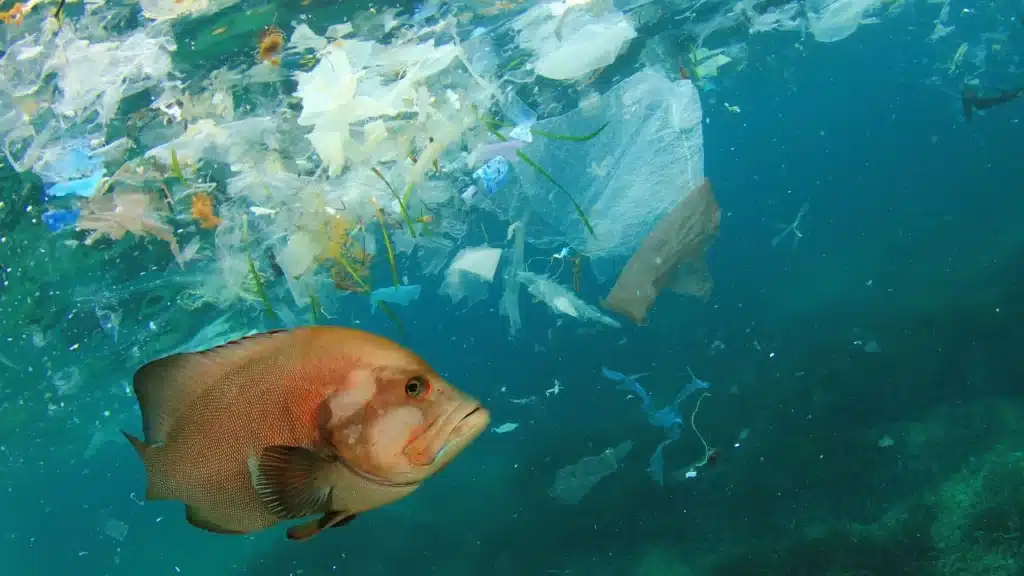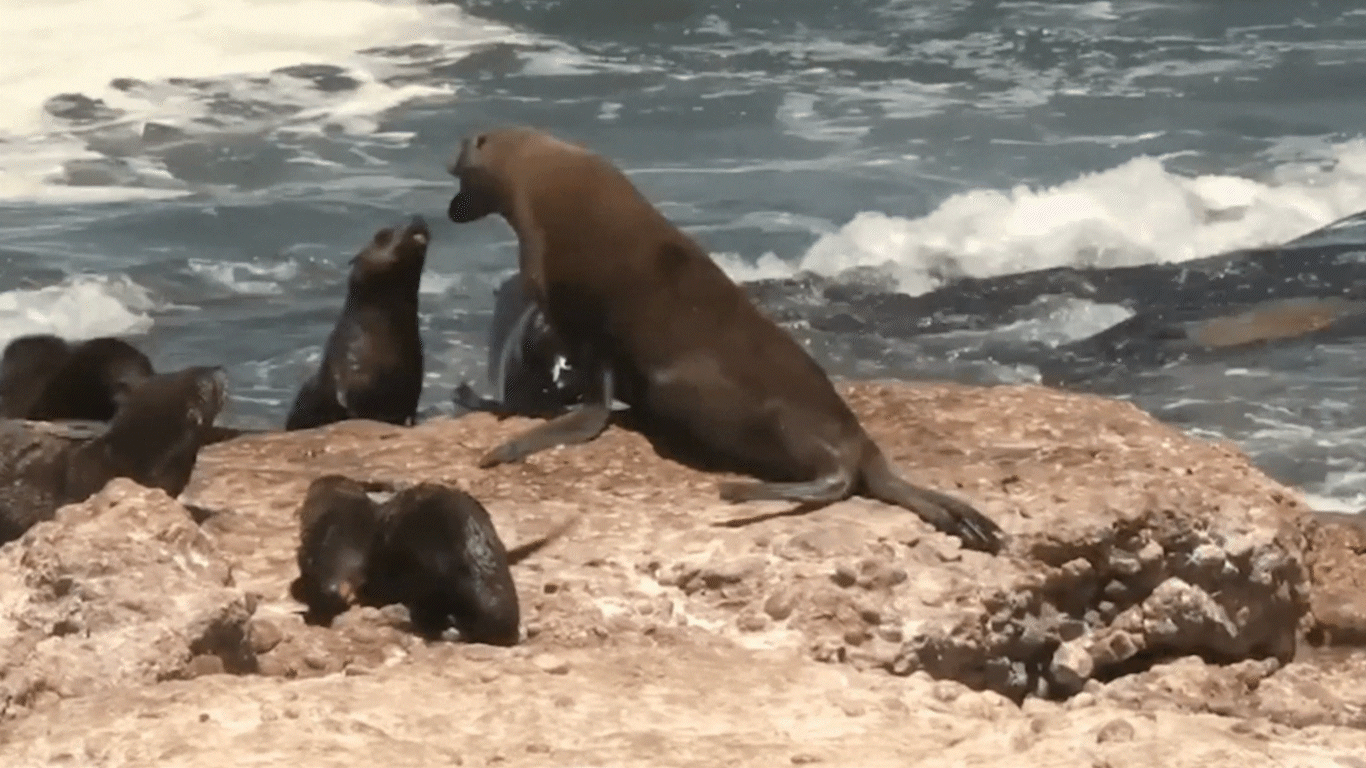Article written by Eric Ralls
Originally published by Earth.com (Tue, 23 Oct, 2023)
In a disturbing revelation that challenges long-standing solutions to plastic pollution, a study from the University of Otago indicates that biodegradable plastics still pose a threat to aquatic life.
The research assesses the effects of both petroleum-based and biodegradable plastics on wild fish populations. Unfortunately, the scientists discovered that the perceived environmentally-friendly biodegradable plastic alternative is not as benign as previously thought.
Plastic’s impact on marine life
The investigation stands as the first of its kind to delve into the comparative impacts of different plastic types on marine inhabitants. Ashleigh Hawke, a Master of Science graduate from Otago’s Department of Marine Science, was lead-author of the study. Her research meticulously evaluated how exposure to conventional petroleum-derived plastics and biodegradable counterparts affect various aspects of fish physiology and behavior.
It was discerned that petroleum-based plastics significantly hampered several facets of the fishes’ daily functions. These include their escape performance, routine swimming patterns, and overall aerobic metabolism. In a somewhat relieving but still concerning contrast, fish subjected to biodegradable plastics experienced only a detrimental impact on their maximum escape speed.
Biodegradable or not, it’s still plastic
According to Hawke, these findings are monumental. They underscore the grim reality that, irrespective of their type, plastics have the propensity to inflict harm on marine ecosystems.
“Biodegradable plastics may not be the silver bullet to plastic pollution as we believe them to be,” she explains.
Hawke went on to say that while these substances are marginally less detrimental, they nonetheless could precipitate adverse outcomes for marine species exposed to them.
In the context of her study, such exposure could critically impair populations by diminishing their escape responses. The ability to escape predators is, of course, a vital survival mechanism for fish.
Inconsistent path of biodegradable plastic
Co-researcher Dr. Bridie Allan is a fellow member of the Department of Marine Science. He accentuates that these insights should propel a re-evaluation of environmental protection strategies. This is especially true for those pertaining to marine conservation.
Dr. Allan points out a critical issue in the realm of biodegradable plastics: inconsistency in their production. “The development of traditional plastics has been well established for decades and so there is little variation in the production of them. However, because biodegradable plastics are a relatively new area, there is variation in the way they are manufactured and the materials that are being used,” she elaborates.
This lack of standardization in biodegradable plastic production raises questions regarding their ecological safety. The constituents of these plastics matter immensely, as evidenced by the research findings. This suggests a pressing need for these materials to undergo more stringent regulation and control.
Calls for policy-level reforms
The revelations from the University of Otago’s study serve as a clarion call for policymakers to intensify protections for marine environments. This research unequivocally demonstrates that switching from traditional plastics to biodegradable alternatives is not a straightforward solution.
The researchers emphasize the necessity for comprehensive policies that consider the complexities of biodegradable materials. Companies must ensure that their production is as harmless as presumed. They must also continue striving for innovative solutions in addressing the global crisis of plastic pollution.
Global environmental stewardship
In summary, the study presents a stark reminder that solutions to environmental issues are seldom clear-cut. Biodegradable plastics, once the beacon of hope in the fight against plastic pollution, are now under scrutiny.
As the world grapples with the realities of these findings, it is imperative that efforts are not dialed back but rather, that global communities, manufacturers, and policymakers collaborate more closely. Through unified, informed actions and an openness to re-evaluating current practices, there may yet be hope for preserving the delicate balance of life within our oceans.







